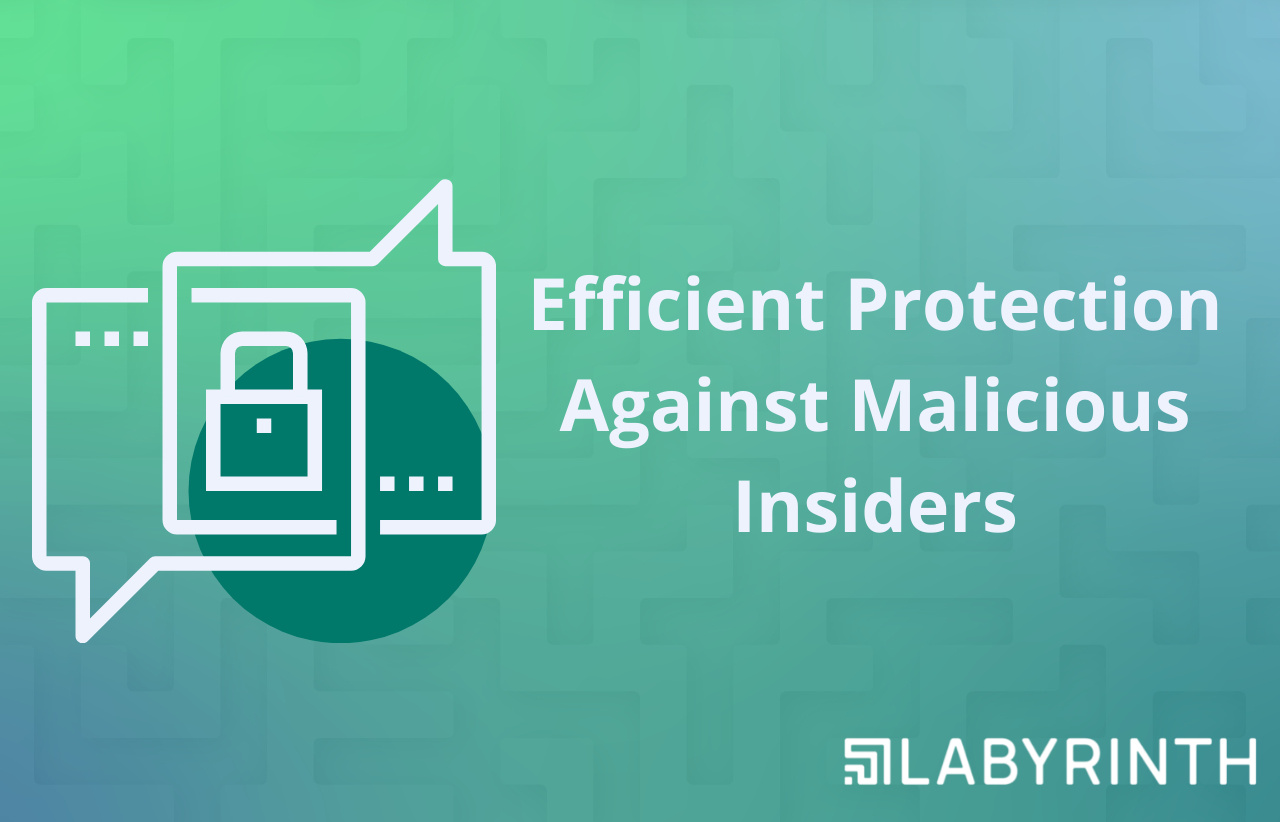
12Aug
Malicious insiders, whether disgruntled employees, compromised contractors or newly hired employee from Nord Korea 😊, pose a uniquely dangerous threat to enterprise environments. In today’s security landscape, insider threats are among the most difficult to detect and mitigate. Unlike external attackers, malicious insiders often have legitimate access to systems, data, and workflows, enabling them to operate undetected by traditional security controls. Labyrinth Deception Platform addresses this challenge by turning an organization’s network into a deceptive environment designed to detect and deter internal adversaries. Labyrinth provides a proactive countermeasure by embedding advanced deception techniques directly into the network fabric to expose insider threat early in the attack chain.
Labyrinth works by deploying realistic decoys files, credentials, applications, and network resources—that blend seamlessly into the real infrastructure. These deceptive assets have no legitimate business use; any interaction with them is automatically suspicious. When an insider attempts to probe, copy, or exfiltrate sensitive data, the platform instantly generates high-fidelity alerts without the noise of false positives.
Beyond detection, Labyrinth’s deception technology introduces psychological deterrence. Insiders who realize that some of the resources they see could be traps are less likely to take the risk. This proactive defence reduces the damage window from weeks or months to minutes, allowing security teams to respond in real time.
Architecture and Deployment
Labyrinth integrates with existing infrastructure through virtualized deception assets. These assets fake file shares, service accounts, database entries, and application interfaces are indistinguishable from legitimate resources from a user perspective but are instrumented for continuous monitoring. They can be strategically placed in:
• High-value segments to protect sensitive intellectual property
• Lateral movement paths to detect privilege escalation attempts
• SCADA/OT environments to provide passive security monitoring
Each deceptive element is backed by an instrumentation layer that captures full interaction telemetry, including commands, keystrokes, and access patterns, without alerting the malicious actor.
Detection Methodology
Unlike signature-based or anomaly-detection systems, Labyrinth’s model is interaction-driven:
• Zero false positives by design – Any engagement with a decoy resource is inherently suspicious.
• Adaptive deception content – Decoys update and evolve to mimic real-time system changes, ensuring freshness and authenticity.
• Context-rich alerts – Security teams receive detailed forensic artifacts (session captures, file access logs, network traces) to support rapid investigation and containment.
Strategic Advantage
By introducing uncertainty into the insider’s operational environment, Labyrinth not only detects but deters malicious behaviour. The presence of deceptive assets raises the operational cost and psychological risk for would-be insiders, shrinking the attack window from months to minutes.
In essence, Labyrinth Deception Platform transforms insider threat defence from a reactive detection challenge into a proactive, intelligence-driven security layer—seamlessly integrated into enterprise defence strategies.

